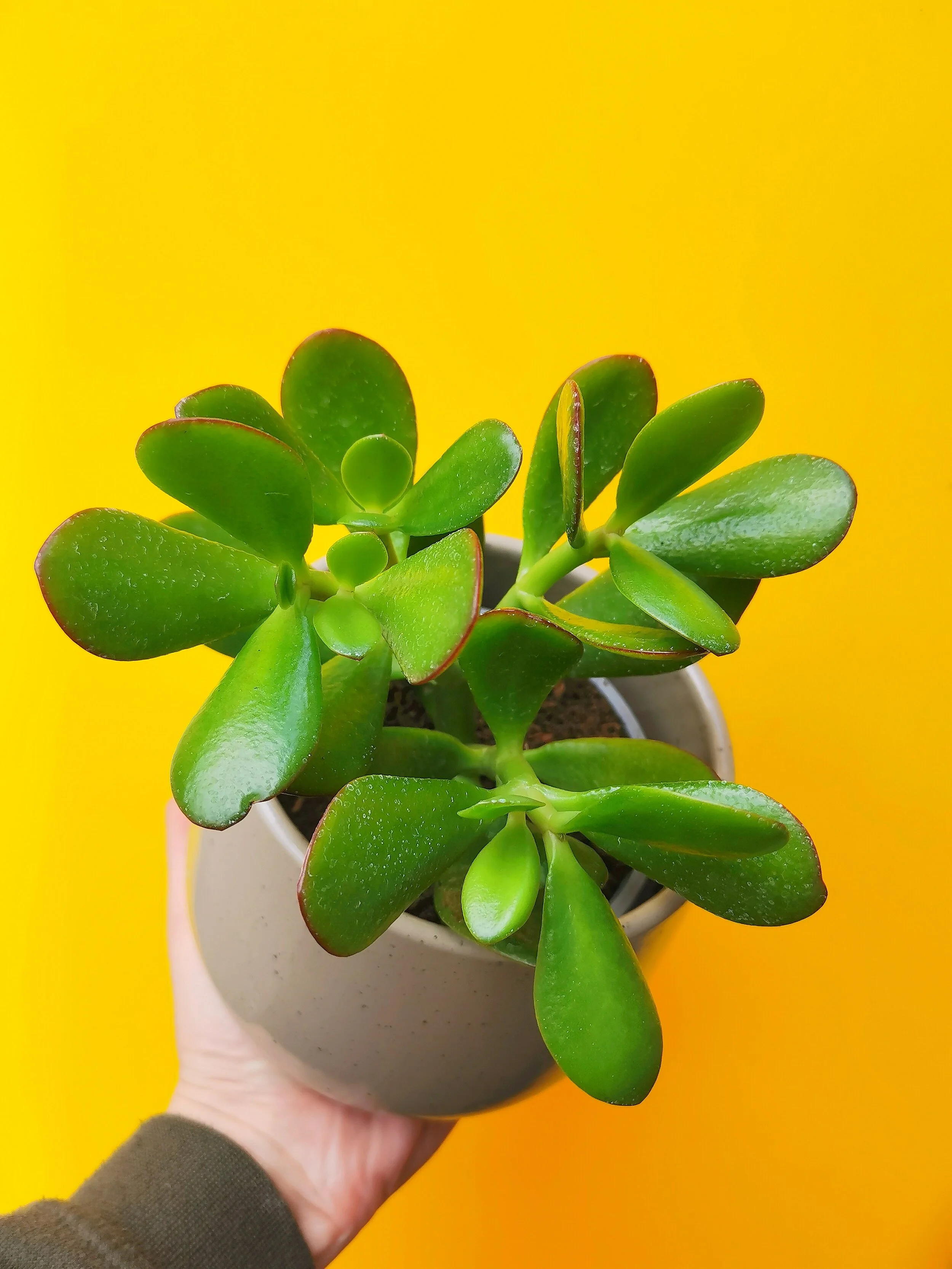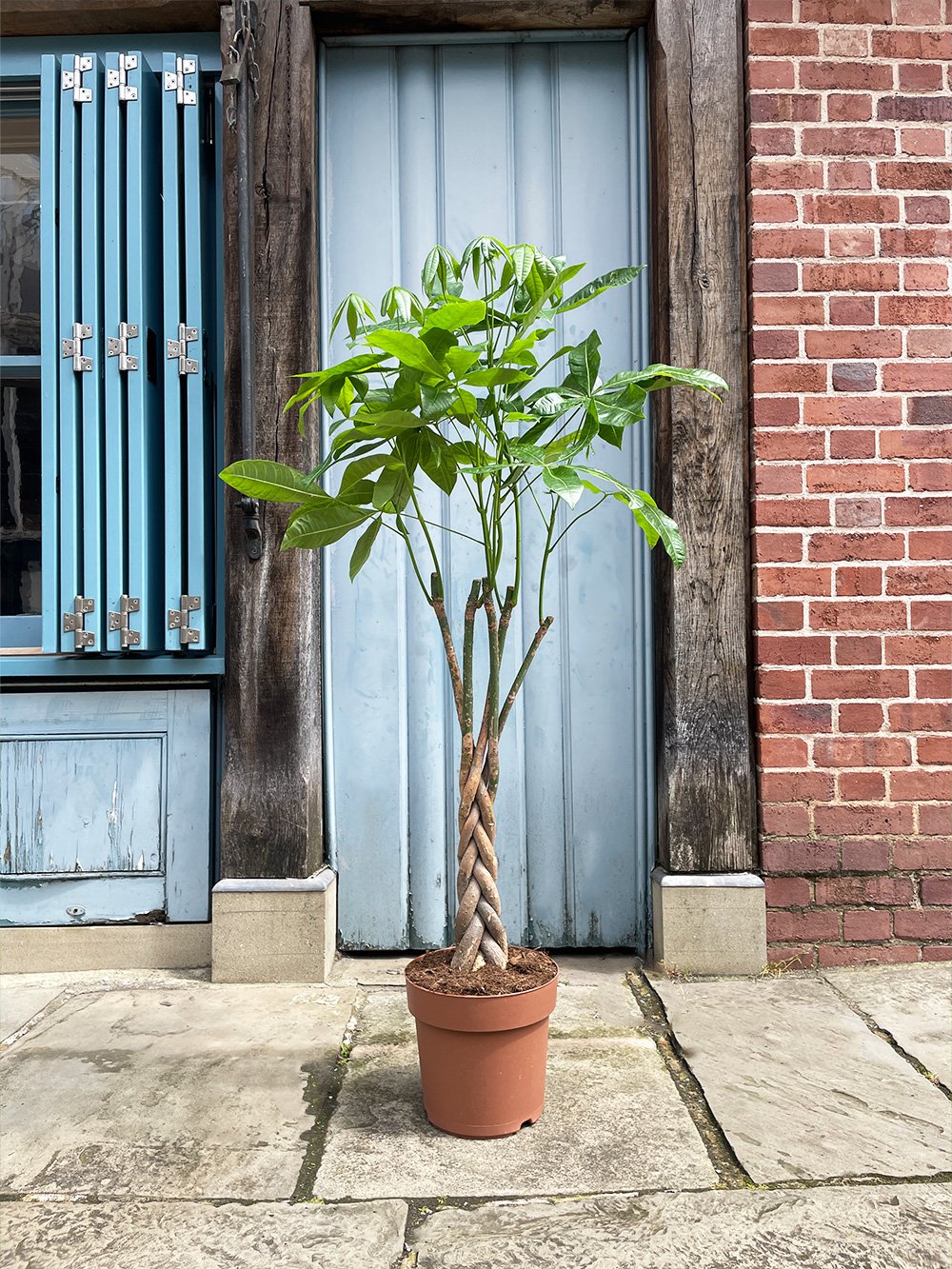Plants to celebrate Chinese New Year with
The Year of the Tiger is incoming, with Chinese New Year celebrations kicking off on Tuesday the 1st of February 2022, culminating in the Lantern Festival on the 22nd of February. Chinese New Year falls a little later than the Gregorian New Year – as it follows the lunar calendar, rather than the solar one.
Each year on the Chinese calendar corresponds with one of 12 zodiac animals, each of them based on participants in an ancient folk tale called ‘The Great Race’, whereby the animals raced to reach the Jade Emperor, and were thereby designated an order. This year is the Year of the Tiger; the tiger is considered the king of all beasts - third in the Chinese zodiac - and representative of competitiveness, courage, great willpower and resilience.
The renewal of the Lunar Calendar is the most important festival in all of China, and one which holds great significance to countless cultures across the globe. Regional customs and traditions vary, although the general vibe is one of closure, and the welcoming of the new year and the success it is hoped to bring.
Here, we have curated a selection of plants to celebrate Chinese New Year, with themes of prosperity, good fortune and giving in mind.
Chinese Evergreen
Giving is a concept central to many cultures around the time of Chinese New Year, and a beautiful gift is a popular way of showing gratitude and generosity. Aglaonema, known often as Chinese Evergreen, are ideally placed as gifts to celebrate the new lunar year.
In fact, it is notable that Aglaonema were cultivated in China and more broadly across Asia as auspicious plants for centuries, before brought over to the West in the late 19th century, where they were usually grown for their ornamental foliage. Aglaonema come in an array of stunning patterns and colour tones; additionally, they are extremely durable and tolerant of a huge variety of conditions. In fact, their longevity – alongside their beauty – is one of the reasons why they are considered lucky. Longevity is well-documented as being a central concept in Chinese culture, illustrated through the emphasis put on societal respect for the elderly and the significance put on the preservation of life, often through symbolism and motifs such as cranes or peaches.
Jade Plant
The jade plant is a classic example of a plant which is considered a symbol of good fortune. These plants are particularly prized as gifts in business relationships, and thus are greatly suited for a home office. Jade plants are known for their longevity, and with good care can last over 100 years, making these popular heirloom plants; further bolstering their significance as gifts.
According to Feng Shui, this plant brings prosperity when properly placed, and is ideally located in the South-East sector of your home – known as the Wealth or Abundance area, or ‘Xun.’ Since this plant is light-loving, a South-East facing window is ideal. Proponents of Feng Shui also say that jade plants should not be placed in the bathroom, as this symbolises your wealth being flushed away. This notion is very much in line with the custom that you should not wash your hair on the first day of Chinese New Year, as hair and wealth are both pronounced and written as ‘fa’ (发) in the Chinese language, hence this would symbolise washing your fortune away at the beginning of the new year.
Anthurium
The colour red holds great significance in China, and particularly so during this time of year. It is believed to be an auspicious colour, used to bring good favour in the New Year. Vibrant tones of red signify prosperity and energy, warding off negativity and evil spirits. This is traditionally exemplified through the hanging of red lanterns in the street, but is well illustrated through the positioning of a vibrant, red Anthurium, too.
There is a Chinese saying which goes hua kai fu gui (花开富贵) – which translates as ‘blossoming flowers symbolise prosperity.’ In Feng Shui, anthuriums are believed to bring luck in relationships, and their open, inviting aesthetic has made them popular as symbols of hospitality more broadly. With Chinese New Year being very much a social occasion, with many associated traditions regarding sharing and connection; this symbolism is apt.
Bonsai
Bonsai is an ancient practice, inspired by nature, originating from China over a millennium ago. The word Bonsai roughly translates to 'tree in a pot', however the intention is not merely to re-create nature, but to capture its essence. In a Bonsai tree, the yin and the yang are depicted through drama, rhythm and balance, coming together to symbolise peace, harmony and balance.
Traditionally, Bonsai was only accessible to the Chinese elite as a status symbol, but over the centuries, the democratisation of this artform has meant Bonsai have taken on a central role in many different schools of interior design, as well as in spiritual practices such as Zen Buddhism. Here, they are seen as objects that denote meditation and contemplation. The latter is particularly relevant to the concept of New Year, as reflecting on the year prior and gaining closure is an important aspect of starting afresh.
Pachira Aquatica
Another plant which strong connotations with prosperity, the Pachira Aquatica is believed to bring good luck and wealth – being one of the several versions so-called ‘Money Trees’ - and is often utilised by masters of Feng Shui to create positive energy, or ‘chi.’ The origin of the legend of the Money Tree is an ancient folk tale, in which a struggling farmer who prayed for salvation and fortune, stumbled upon an intriguing plant growing in his barren field. It is said that the farmer potted the plant and harvested the seeds, with the intention of sharing the plant’s beauty with others, resulting in the plants becoming a huge success and making him wealthy.
Pachira are often used to replicate Bonsai specimens, through conjoining multiple plants by braiding their trunks. This practice was allegedly started by a Taiwanese truck driver in the 1980s, who cultivated five small trees and fused them together this way, popularising this version of the Money Tree. This creates what is known as a ‘golden cage’ which symbolises one who collects money, with the five-lobed leaves resembling a hand, and the braiding symbolising the cage in which to place the money. In fact, if Pachira are braided early in their growth, the plant will continue that growth pattern on their own.
Chinese Money Plant
The Pilea originally originates from the foothills of the Himalayas in China, although it is now difficult to find in the wild. Despite of this, the plant reproduces easily, as it makes little offshoots that sprout up at the base, which can be easily repotted; thus, traditionally this plant has been passed around between friends, granting it one of its common names of the Friendship Plant. Additionally, the associations with financial prosperity this plant holds may come down to its coin-shaped leaves. According to Feng Shui, the ‘Xun’ sector of your home extends beyond just financial security, but also to spiritual and emotional abundance. Thus, matters of wealth and those of friendship are greatly intertwined – and the Chinese Money Plant’s multi-faceted symbolism is the perfect exemplification of that, with significant connotations with abundance through the notion of sharing.
Specific plants often hold cultural significance to specific groups, and the concepts they represent may vary, but plant-keeping and plant-gifting as practices share the same commonalities: the idea of giving, of life and vitality, of one-ness with nature, and of growth and nurture. This is particularly relevant around the time of the new Lunar Year, when the concepts of gifting and of growth hold significant importance; but they extend across the whole year, too. We hope you enjoyed finding out about the cultural significance beyond some popular houseplants - you can find out Chinese New Year collection here:
Why not use our in-house gifting service?
We offer click-and-collect from our Stockport shop, and home delivery across selected postcodes in Greater Manchester - with same day delivery on Tuesdays and Thursdays.
Ideal for Chinese New Year gifting, housewarming presents, birthdays, corporate gifting or any special occasion and celebration.
Find out more about our services here.
Words by Sophie Erasmus







